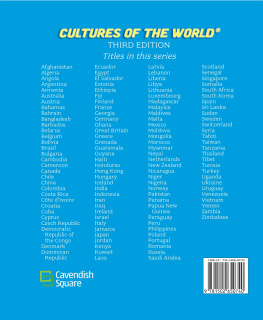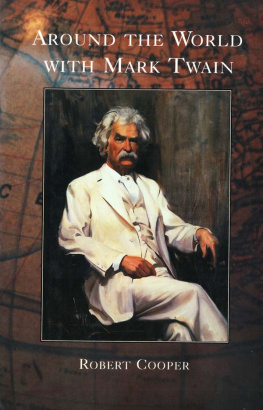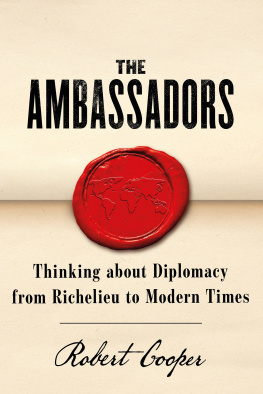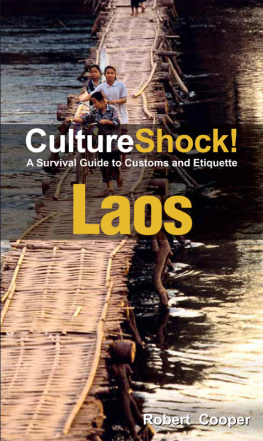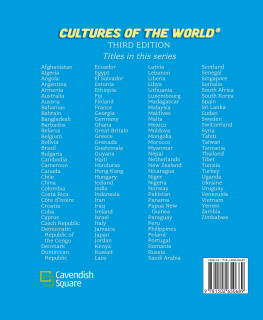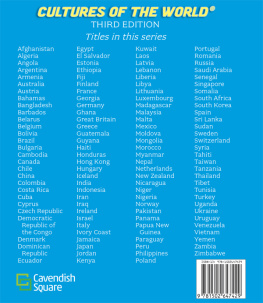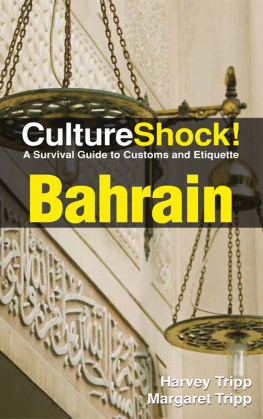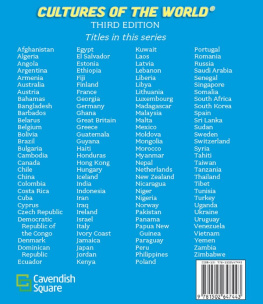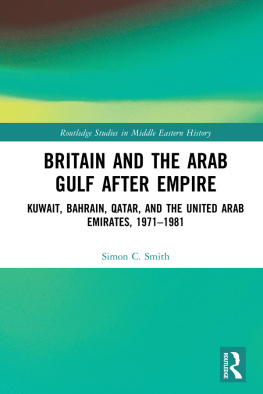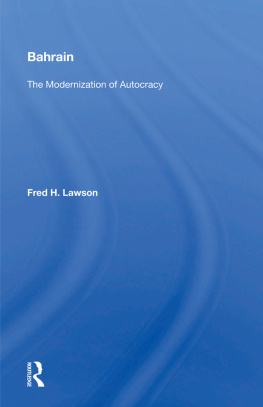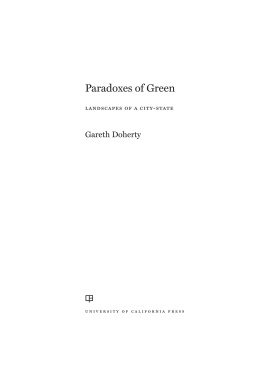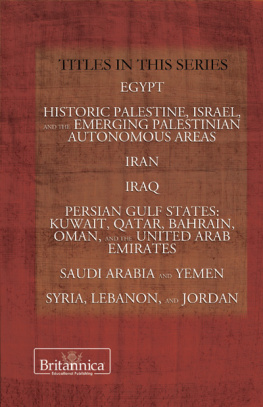
Published in 2020 by Cavendish Square Publishing, LLC
243 5th Avenue, Suite 136, New York, NY 10016
Copyright 2020 by Cavendish Square Publishing, LLC
Third Edition
No part of this publication may be reproduced, stored in a retrieval system, or transmitted in any form or by any meanselectronic, mechanical, photocopying, recording, or otherwisewithout the prior permission of the copyright owner. Request for permission should be addressed to Permissions, Cavendish Square Publishing, 243 5th Avenue, Suite 136, New York, NY 10016. Tel (877) 980-4450; fax (877) 980-4454.
Website: cavendishsq.com
This publication represents the opinions and views of the author based on his or her personal experience, knowledge, and research. The information in this book serves as a general guide only. The author and publisher have used their best efforts in preparing this book and disclaim liability rising directly or indirectly from the use and application of this book.
All websites were available and accurate when this book was sent to press.
Library of Congress Cataloging-in-Publication Data
Names: Cooper, Robert, 1945 August 2- author. | Spilling, Jo-Ann, author. | Nevins, Debbie, author.
Title: Bahrain / Robert Cooper, Jo-Ann Spilling, Debbie Nevins.
Other titles: Cultures of the world (third edition)
Description: Third edition. | New York, NY: Cavendish Square Publishing, LLC, 2020. | Series: Cultures of the world | Includes bibliographical references and index. | Audience: 6 & up. | Summary: A book for young readers about the history and culture of the nation of Bahrain.
Identifiers: LCCN 2019020271 (print) | ISBN 9781502650740 (library bound: alk. paper) | ISBN 9781502650757 (ebook)
Subjects: LCSH: Bahrain--Juvenile literature.
Classification: LCC DS247.B2 C66 2020 (print) | LCC DS247.B2 (ebook) | DDC 953.65--dc23
LC record available at https://lccn.loc.gov/2019020271
LC ebook record available at https://lccn.loc.gov/2019980938
Writers, Robert Cooper and Jo-Ann Spilling; Debbie Nevins, third edition
Editor, third edition: Debbie Nevins
Art Director, third edition: Alan Sliwinski
Designer, third edition: Jessica Nevins
Production Manager, third edition: Karol Szymczuk
Picture Researcher, third edition: Jessica Nevins
PICTURE CREDITS
The photographs in this book are used with the permission of: Cover James L. Stanfield/National Geographic Image Collection/Getty Images; pp..
Printed in the United States of America


I MAGINE A TROPICAL ISLAND KINGDOM. WHAT IMAGE COMES TO mind? Palm trees swaying in the breeze, white sandy beaches, and a fairy-tale castle? Or perhaps oil wells pumping, silvery skyscrapers shining, and minarets gleaming against a dense city silhouette?
Bahrain is an island kingdom of the second type, though it certainly has palm trees, beaches, and fantastic palaces. Its a twenty-first-century Middle Eastern kingdom. Located just 15 miles (24 kilometers) off the Arabian Peninsula, Bahrain is in the Persian Gulfwhich is also known as the Arabian Gulf.
This kingdom is a small, hot, flat, desert archipelago of some thirty-three natural islands, including one larger main island. Most of the extraneous islands are uninhabited. Bahrain is the third-smallest nation in Asia, and by far the smallest and least populated country in the Middle East. Nevertheless, its global influence outweighs that of many much larger countries, and thats because of its oil wealth.
Like the other Gulf Arab nations (also called states)Saudi Arabia, Kuwait, Qatar, the United Arab Emirates (UAE), and OmanBahrain is a Muslim patriarchy that has been ruled by a family dynasty for many generations. King Hamad bin Isa al-Khalifa (b. 1950) comes from a line of al-Khalifa men who have ruled Bahrain since 1783. Like the other Gulf Arab states, Bahrain experienced rapid economic growth and modernization after oil was discovered there in the early twentieth century.

The ruins of Qalat al-Bahrain frame the Manama skyline in the distance.
Today, the countrys grand old mosques and ancient forts butt right up against sleek, ultramodern buildings. Bahrains capital city, Manama, looks much like the Gulfs other oil capitals. The skyline is dominated by brand-new glass and steel high-rise buildings that sparkle in the sun. The architecture is cutting-edge and awe-inspiring in size, design, and beauty. The landmark Bahrain World Trade Center, built in 2008, points to the sky with two towers shaped like sails. The forty-four-story towers are connected by large-scale wind turbines. They integrate the themes of sailingsea and windand forward motionbusiness and progresswith an environmentally progressive motif.

This aerial view of Manama shows the Four Seasons Hotel and Bahrain Bay at dusk.
The fifty-story United Tower, built in 2016, is a giant spiral, mimicking a huge drill. Informally known as the Twisting Tower, the building is not only an impressive sight but also an apt image for an oil-drilling nation. The Bahrain Financial Harbour building complex in Manama was completed in 2009. Its fifty-three-story twin towers appear from some angles to be passing ships, further defining the dramatic Manama seaside skyline.
These buildings and others, however, are dwarfed by the Four Seasons Hotel Bahrain Bay, opened in 2015. The ultra-luxurious sixty-eight-story resort sits on its own artificial 12-acre (4.85-hectare) island and is connected to the rest of the capital city by a short causeway. Looking something like a futuristic gateway to the sky, the building conjures up a visionary aura. All of this bold architecture is meant to reflect the energy of the countrys fast-growing economy. Thats an image Bahrains rulers are surely happy to invoke because the kingdom has to compete with much bigger, heavier players in the world of big money.

Banners printed with Shia slogans hang across a street in Manama.
Bahrain is overpowered in size, wealth, and influence by its enormous neighbor to the west, Saudi Arabia. Across the Gulf to the north and east lies another powerhouse, Iran. Relations between those two mighty nations are not good. Relations between the Saudis and Qatar, Bahrains nearby neighbor, are also strainedwhich makes for choppy waters surrounding Bahrain, figuratively speaking. Not incidentally, the Arabic term bahrayn means two seas. While the old geographical reference is uncertain, the symbolic possibilities in todays world are manythe confluence of conflicting political tides being just one.
The main source of Bahrains troubles comes from withinand yes, this island kingdom has some very real problems. A large portion of the countrys population is of Iranian (Persian) heritage. The royal family, however, is Arab, and solidly aligned with the Saudis. The greatest tensions, though, arise from religious denominations. Almost all Bahrainis are Muslims; however, they break down along ethnic lines into two sects. Most are Shiite (also known as Shia) Muslims, while the minority ruling elite are Sunni Muslims. This power imbalance enflames an already delicate situationIslamic sectarian discord that goes back centuries and reaches far beyond Bahrain.

